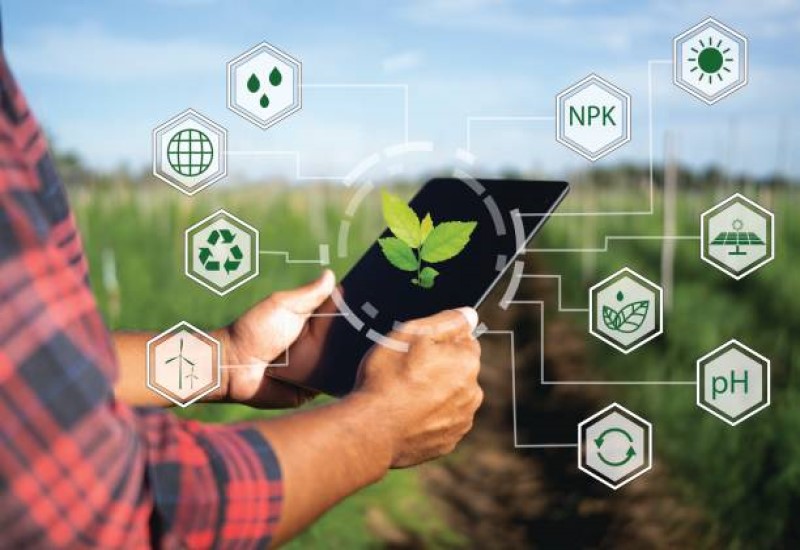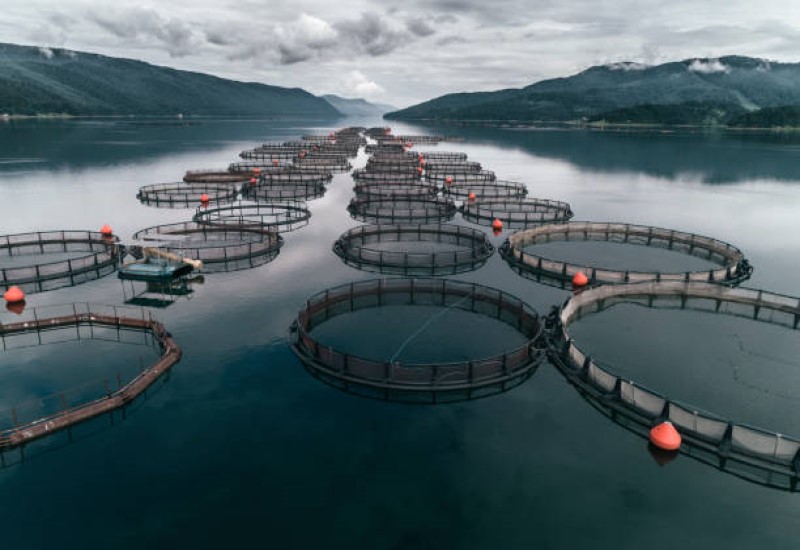






What innovations from eco-friendly, biodegradable, washable, and anti-static products offer easy-to-don-and-doff features? Which segments are expected to witness high traction? How will M&As enhance the geographical reach and generate a sustained revenue stream?

Explore different types of segmentation based on geographies, end applications, and much more. Examine the scenarios that reflect different CBD adoption and industry penetration possibilities. Discuss the major growth drivers, restraints, forecasts, and dynamics in this sector.

Analyze how digital initiatives that incorporate AI will tackle on-site problems on the farm to secure food safety and improve the farm economy. Assess how technology vendors can prioritize their strategic focus and build new capabilities to capitalize on emerging prospects.

An operation support system (OSS) is a vital component in ensuring smooth operations for connectivity service providers (CSPs). CSPs have traditionally relied on OSS solutions to manage their back-office operations of monitoring their network health and getting timely notifications in case of network faults and failures. Legacy OSS solutions can manage and monitor traditional physical network infrastructure; however, they are heavily dependent on manual interventions to fix network issues or reconfigure and redesign network elements to launch a new service. These OSS solutions also posed several other challenges, such as longer process cycles, increased security issues, and low data accuracy. The siloed architecture of a legacy OSS has often limited the capabilities of a CSP to innovate and launch new services to keep up with the growing demand from consumers and enterprises.
Schedule a dialog or email us at myfrost@frost.com to connect with an industry expert at no charge. We are taking unprecedented action to make our team available to help you cut through the media and politics to get factual one-to-one guidance for the issues and opportunities that matter most to your business.

Who are the leading suppliers, and why is this industry likely to consolidate?
Read more Request Info
Explore a qualitative and quantitative analysis of key species like mollusks
Read more Request Info
What are the different tiers of the value chain and industry revenue estimates?
Read more Request Info
Which end-use industries and medical procedures are driving demand?
Read more Request Info
How are soft goods used in construction, manufacturing, and utilities?
Read more Request Info
Examine how EV developments are expected to impact components in UTH applications
Read more Request Info
What is the role of key formulation chemistries and current regional scenarios?
Read more Request Info
Take a look at primary sub-segment types like fiber, resin, end-use application, and more
Read more Request InfoThe rising world population and growing protein demand drive the global aquaculture sector. The industry is a sustainable means to supply and feed the population with environment-friendly protein products. Frost & Sullivan’s recent analysis, Global Aquaculture Market Growth Opportunities, finds that innovation in aquaculture technologies and smart farming methodologies are revolutionizing the sector and generating additional revenue streams.
Read more
The Inflation Reduction Act (IRA) was signed into law by US President Joe Biden on August 16th. This bill is a derivative of Biden’s “Build Back Better Act,” which was originally his administration’s initiative to implement what he considers much-needed climate action and a stumbling block in his confrontation with some other democrats.
Read more
The growing adoption of sustainable farming practices is expediting the agricultural biologicals market growth, finds Frost & Sullivan’s recent analysis, Global Agricultural Biologicals Market, Forecast to 2030. Significant push from policymakers, rising awareness among farmers, and increased investment in product development and innovations will expand the biopesticides and biostimulants segments of the agricultural biologicals sector.
The pandemic triggered innovations in sanitary technologies and encouraged healthcare, automotive, building and construction sectors to adopt long-lasting antimicrobial technology. Further, the need for antimicrobial technology as a macro form of COVID-19 prevention and to reduce the risk of rapid spreading will raise the global government interest in antimicrobic surface, biofilm, and coating adoption in building, construction, and food packaging by 2025.
Frost & Sullivan’s recent analysis, Global Halal Economy Growth Opportunities, finds that the halal economy is experiencing an upward trend as the demand for halal products from Muslims and non-Muslim nations increases. The main factors driving the halal industry are favorable population demographics, government policies, and private sector initiatives. Growing non-Muslim demand for halal foods will be driven by its association with safe and healthy eating, while halal fashion and tourism should also find increasing acceptance among more conservative non-Muslim consumers.